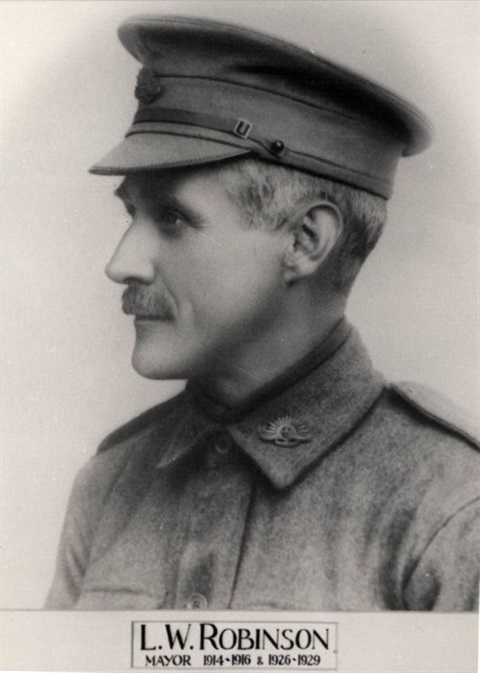World War 1 Remembered

In 2014, "World War I Remembered" was launched to pay tribute to the local champions who served in the Great War and those who supported from the home front. This online exhibition delves into the lives of these individuals, preserving their stories for future generations.
The exhibition features interviews with family members of World War I participants connected to our area, exploring their memories and the discoveries made through their family histories.
Access via the Woollahra Libraries Digital Archive
One of the local heroes highlighted is Leo Whitby Robinson, who resigned as mayor of Woollahra in September 1916 to enlist in the war. At 37, he set sail for England in December 1916, demonstrating his commitment to the war effort.
The exhibition also examines the recruitment efforts, the vital role of the home front, and the lasting impact of the war on the local community. It concludes with a focus on the memorials erected to honour those who served and the social and economic changes that followed the war.
Visit our Woollahra Libraries Digital Archive to explore these powerful stories and the enduring legacy of World War I in our community.